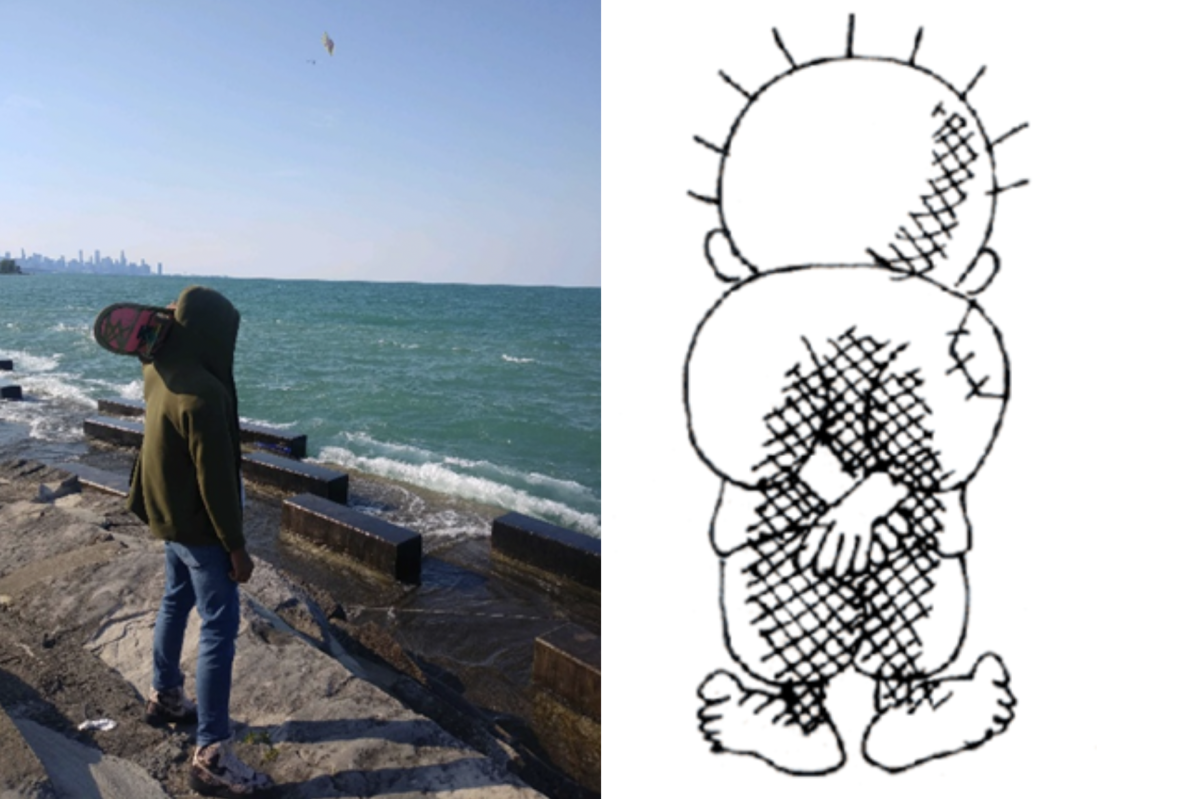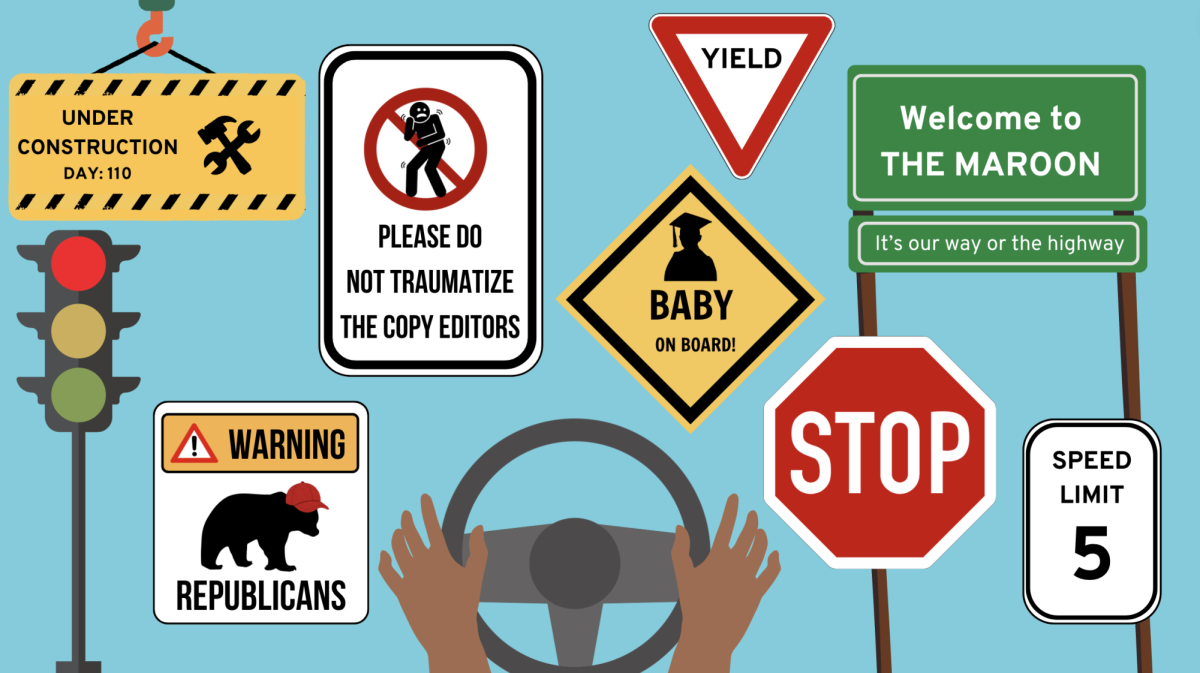Over the last decade, the University of Chicago has invested heavily in development south of the Midway, significantly increasing pedestrian flow north and south of campus. Predictably, this is creating tension between east-west car drivers and north-south pedestrians and bicyclists. Who has priority?
It is my hope that the University agrees that the answer is unequivocally that pedestrians and bicyclists have—or should have—priority. This is a matter of values, namely responsiveness to climate change, the imperative of reducing carbon emissions, and the need to promote active living and pedestrian safety. Altogether, pedestrians and bicyclists should be the first concern.
I appreciate the recent efforts by the University to increase pedestrian safety—as a first step. The effort was lampooned, but I thought, at least, it showed recognition of a problem. I urge the University to build on this effort and approach the issue of pedestrian and bicycle mobility in a more comprehensive way.
It is possible that the University is already pursuing such a strategy. If so, it is outside of public view. I hope the University will pursue an inclusive planning process that engages with a broad spectrum of users and places value on the needs of pedestrians, transit-riders, and bicyclists. I hope the University will take a proactive stance and a leadership role in helping to shift investments and priorities away from car-based mobility.
Emily Talen is a professor of urbanism at the University of Chicago.






